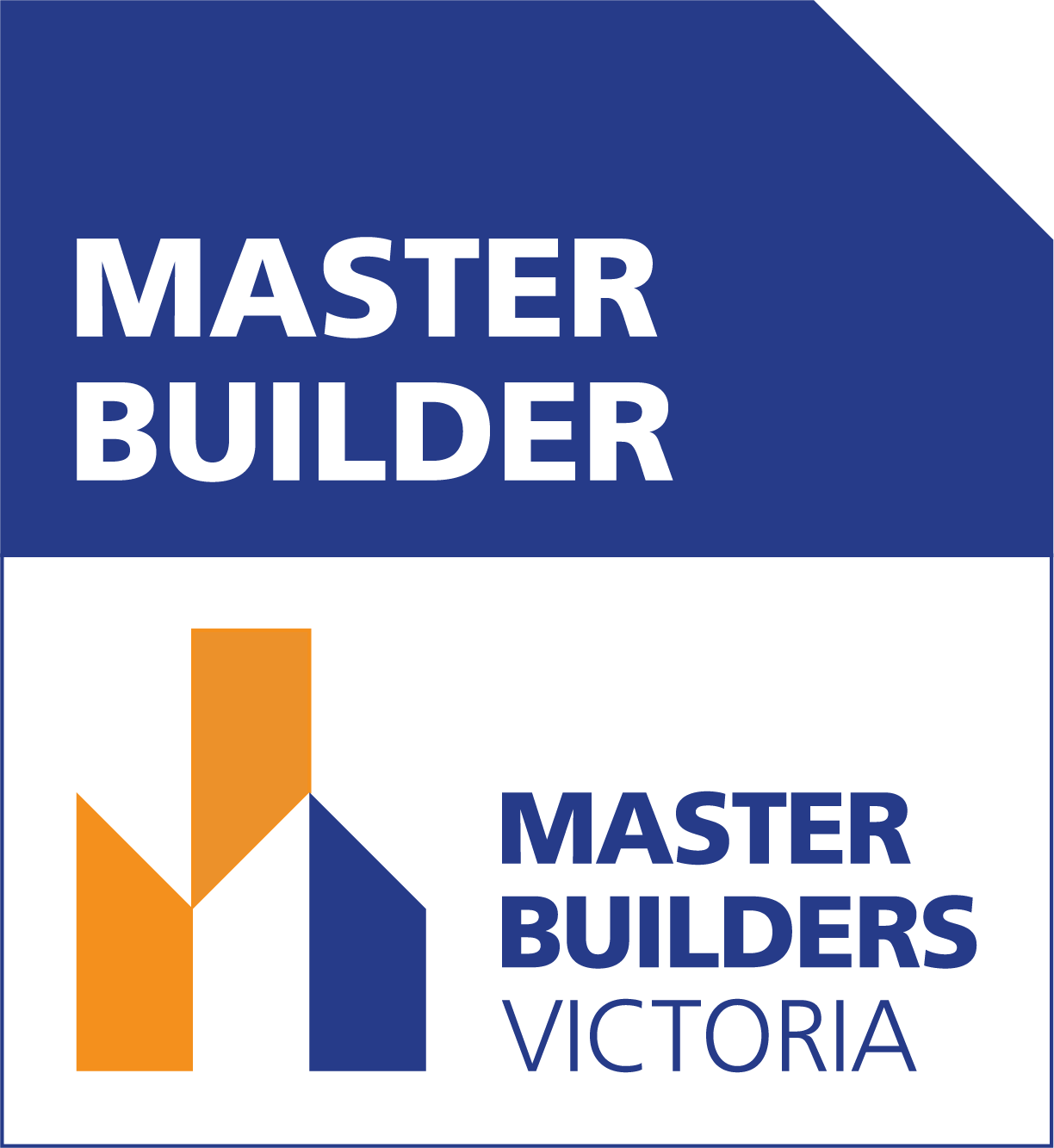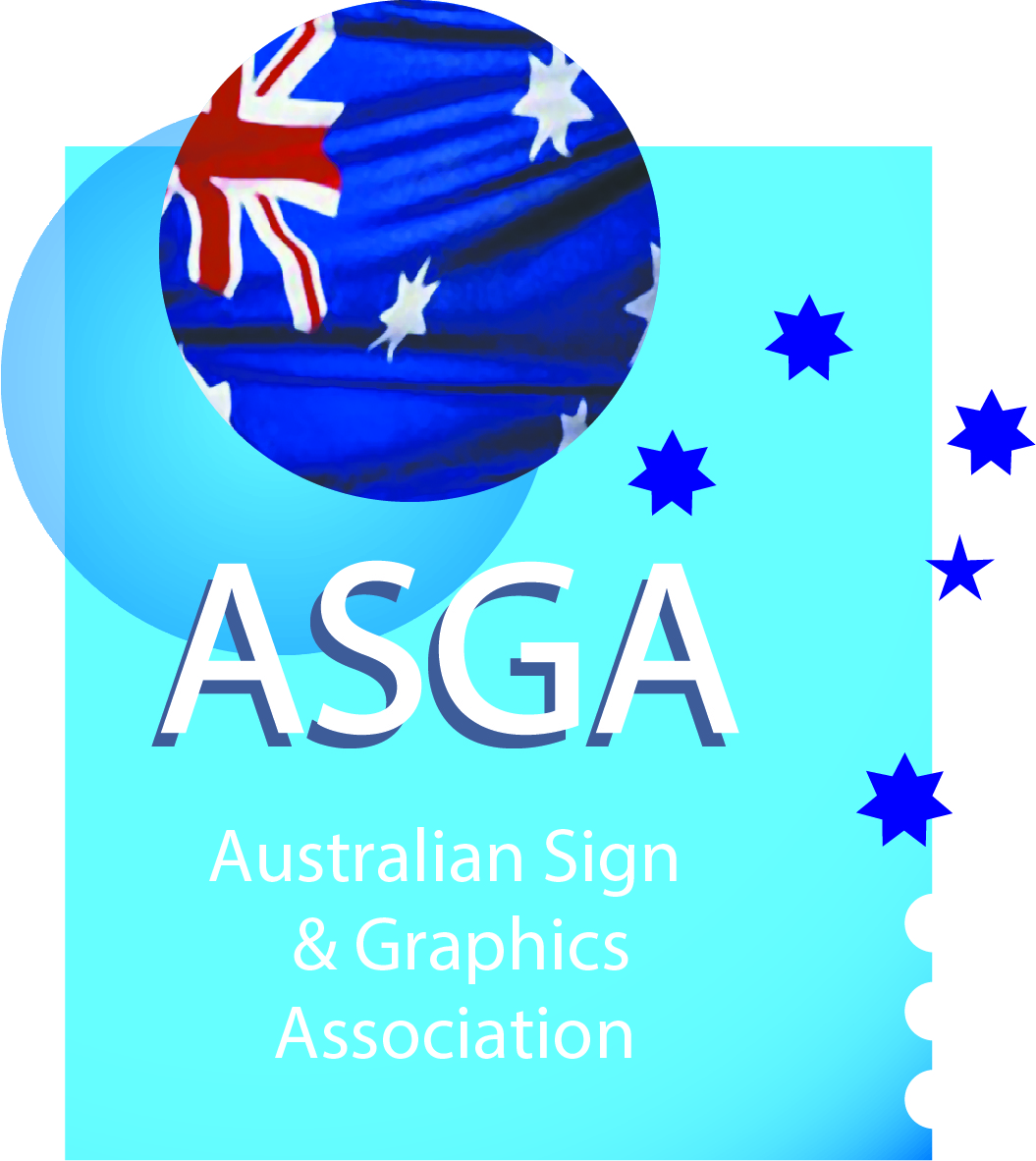Sign Permits
Council / Footpath / Panning / Building / Heritage Victoria permitsWe’ll do the boring bits so you don’t have to
Form A Sign are experts in assessing your sign proposals against local Council Sign Regulations, compiling the required documentation for the official sign permit application and advising and facilitating the process to ensure a timely and successful outcome. Form A Sign have 2 Master Builders in Signage who were qualified from the Victorian Building Authority in the team.


Sign planning permits
A Council’s sign planning scheme sets out policies and requirements for the use, development and protection of land, and is underpinned by the Planning and Environment Act 1987.
- An advertising sign on a commercial site or building, generally over 8m2
- A sign in a non-commercial area (eg residential) over 0.7m2
- External illuminated signs
- Replacing an existing sign if the area is to be increased
- Replacing an existing sign if the replacement is a different type of sign eg from non illuminated to illuminated.
- Most sign permits expire within 15 years.
Form A sign can provide a site context report, using a site plan, photographs or other methods to accurately describe:
- Location of the proposed sign on the site or building and distance from property boundaries.
- The location and size of existing signage on the site including details of any signs to be retained or removed.
- Location and form of existing signage on abutting properties and in the locality.
- The location of closest traffic control signs.
- Identification of any view lines or vistas that could be affected by the proposed sign.
- Dimensions, height above ground level and extent of projection of the proposed sign.
- The height, width, depth of the total sign structure including method of support and any associated structures such as safety devices and service platforms.
- Details of associated on-site works.
- Details of any form of illumination including details of baffles and the times at which the sign would be illuminated.
- Colour, lettering style and materials of the proposed sign.
- Size of the display (total advertising area including all sides of a multi-sided sign).
- Location of any corporate logo box and proportion of display area occupied by such a logo box.
- Any landscaping details.
- Animated or electronic signs, a report addressing the decision guidelines relating to road safety.
- For any sign over 18 square meters in area: A description of the existing character of the area including built form and landscapes;
- Location of any other signs over 18 square meters, or scrolling, electronic or animated signs within 200 meters of the site.
- Any existing identifiable advertising theme in the area.
- Photo montages or a streetscape perspective of the proposed sign.
- Level of illumination including:
- Illumination levels for any sign on or within 60 meters of a Road Zone or a residential zone or public use zone;
- The dwell and change time for any non-static images.
- The relationship to any significant or prominent views and vistas.
Signs requiring building permits
You will be advised by your local Council on your Sign Planning Permit if a Sign Building Permit is required for your sign. Generally, a Building Permit will be required when your sign is a stand alone structure (pylon), and your sign is more than 1 meter in height within 3 meters of a street boundary as illustrated on your property title. A Building Permit will also be required if your sign is located more than 8 meters above ground level, or 8 meters in display area.
- Signed application forms by the owner of the building.
- Letters of enforcement from the owner of the building agreeing to the sign.
- Three (3) copies of fully dimensioned drawings at 1:100 to show: a) elevations; b) sections; c) location of structural members.
- A copy of the Certificate of Title.
- Three (3) copies of an Allotment Plan at 1:500 to show: a) boundaries and dimensions of the site; b) any easements on the site or any adjoining properties (footing – angle of repose details if applicable); c) the location of the site to the nearest street or corner; d) the position of the proposed sign and its relationship to the site boundaries and any other buildings on the site. Also, the near side and front setback positions of any building that exists on all adjoining properties.
- Three (3) copies of specifications for the sign, or fully detailed notation on plans.
- Planning Permit Approval
- Three (3) copies of engineering computations, drawings for design of sign and footings.
- A Structural Engineer Certification Certificate.
- Three (3) copies of soil report. If applicable.
Other Permits
Depending on the location of your sign, you may require either a permit or exemption permit from Heritage Victoria. You may also require a footpath permit to install your sign. Depending on Council Guidelines, you may require Report and Consent and Out of hours permit to install your sign. Form A Signs have many existing relationships with Council Sign Planning and Sign Building Permit Officers. Certain external building signs may require a Fire Engineers Performance Certificate. Our Master Builders in Signage can help obtain this for you. We are experts in processing sign permit applications and will expedite this often complex process. Sign permits can often take 3-6 months to be collated, submitted and finalised by Councils.
Sign Engineering

We now have two qualified master builders in signage as part of our team. Ensuring you get a quality sign that complies with Australian standard & building regulations.
REACH US
Contact us today for any questions or enquiries.
Open Hours: 7.30am - 4pm
167 Browns Rd,
Noble Park North,
Melbourne VIC 3174
SUPPLYING YOUR OWN ARTWORK?
We want your artwork to look as amazing as possible, therefore we request you supply artwork in a specific way. This PDF guide will explain the requirements.
Leave A Message





© Form A Sign Pty Ltd. 1994 - . All rights reserved. ABN: 85 006 995 366.
Terms & Conditions | Delivery & Returns | Privacy Policy | FAQ
